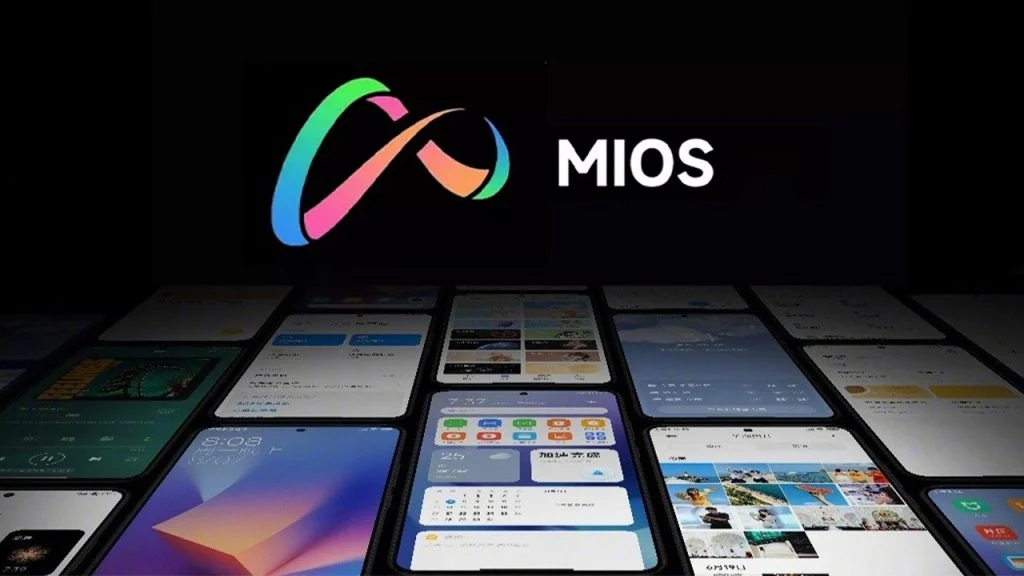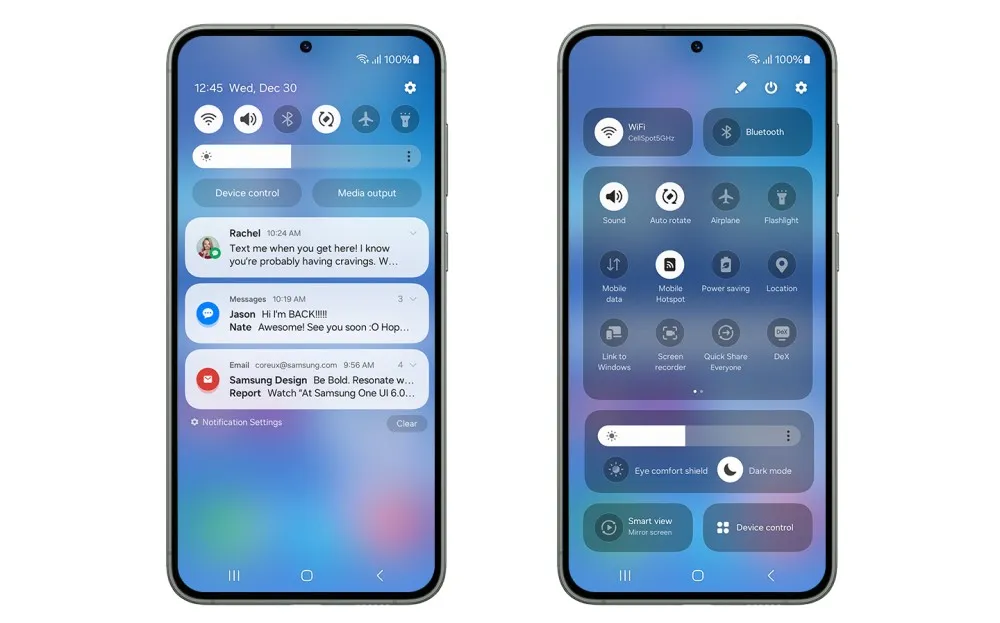Taiwanese chipmaker MediaTek recently held a ceremony to commemorate the beginning of construction for a new office building near the Hsinchu High-speed Railway station. The 22-story building is projected to house 3,000 employees by 2027.
MediaTek's CEO Teases Upcoming Dimensity 9400 Chip
During the event, CEO Cai Lixing hinted at the forthcoming Dimensity 9400 chip, which is anticipated to be released in the fourth quarter of 2024. While not explicitly mentioned, Cai highlighted that the new System on a Chip (SoC) will feature enhanced AI capabilities, positioning it as a competitor to other high-end smartphone processors.
Leak Reveals Potential Upgrades for Dimensity 9400
Although specific details about the Dimensity 9400's performance remain undisclosed, a report by China Times has shed some light on what can be expected from the chip.
According to the leak, the Dimensity 9400 is set to benefit from TSMC's 3nm process, a shift from the Dimensity 9300's 4nm process. This transition is expected to deliver improved performance and power efficiency.
MediaTek Sticks with Arm's CPU Designs
In contrast to Qualcomm, which is transitioning to its custom Oryon CPU cores, MediaTek is likely to continue utilizing Arm's CPU designs. The Dimensity 9400 is anticipated to feature the Cortex-X5 as its main core, alongside three Cortex-X4 and four Cortex-A720 performance cores.
Enhanced Processing Capabilities and Faster Image Creation
The leaked details also suggest that the Dimensity 9400 will be capable of processing 12 to 15 tokens per second using a specific model called Llama 2 from Meta. This represents a significant improvement in processing speed compared to its predecessor.
Furthermore, the Dimensity 9400 is expected to outperform the Dimensity 9300 in image creation using Stable Diffusion 1.5, completing the task in just 3 seconds instead of 3.5 seconds.
A Promising Future for Dimensity 9400
With these enhancements, the Dimensity 9400, and its successor, the APU 790, have the potential to deliver processing speeds that are 20-50% faster for tokens and up to 16.7% faster for image creation.
However, it is important to note that these details are still preliminary and subject to change. Therefore, it is advisable to approach this information with caution.



